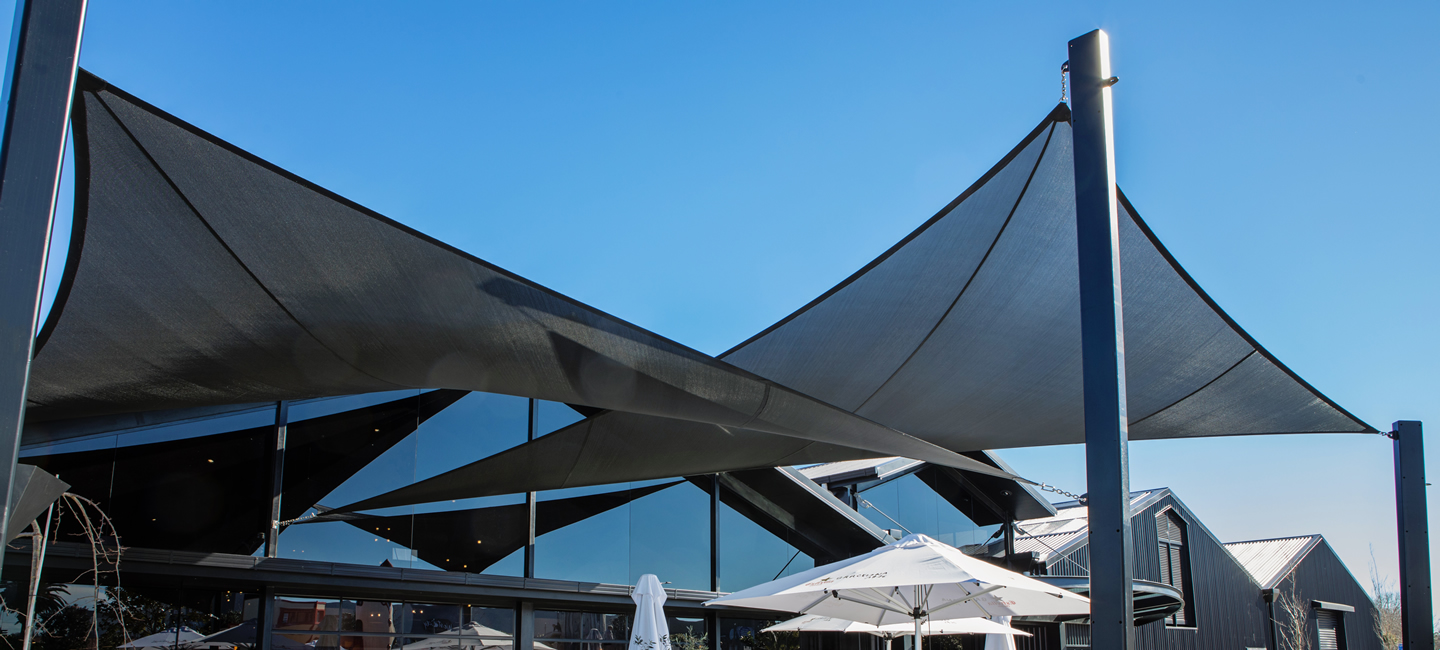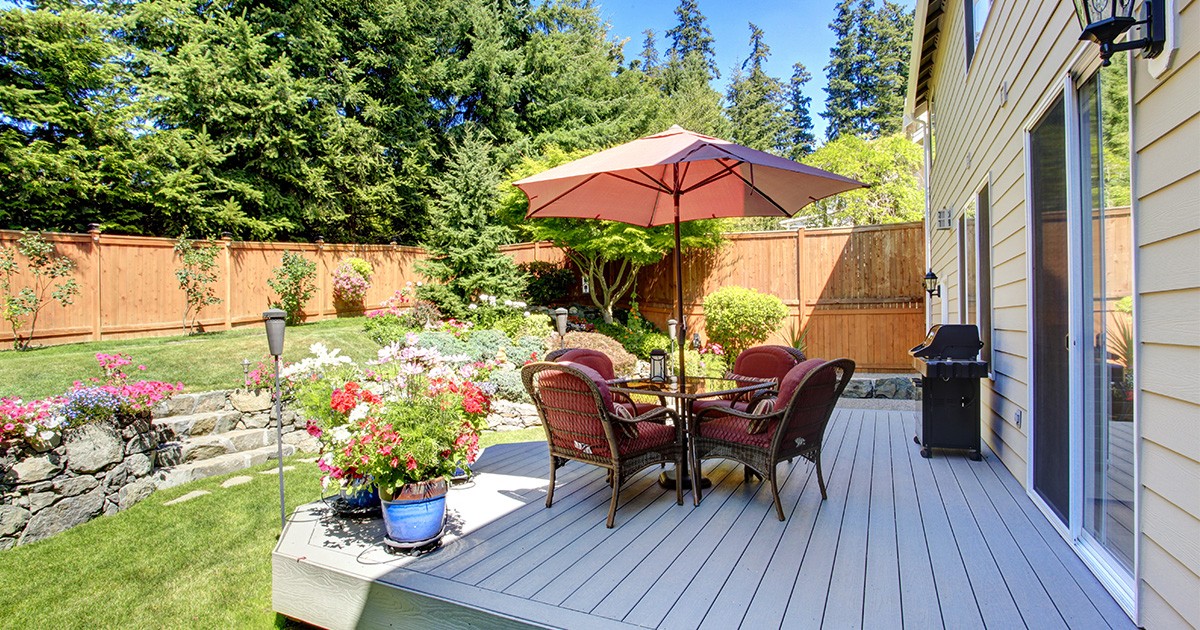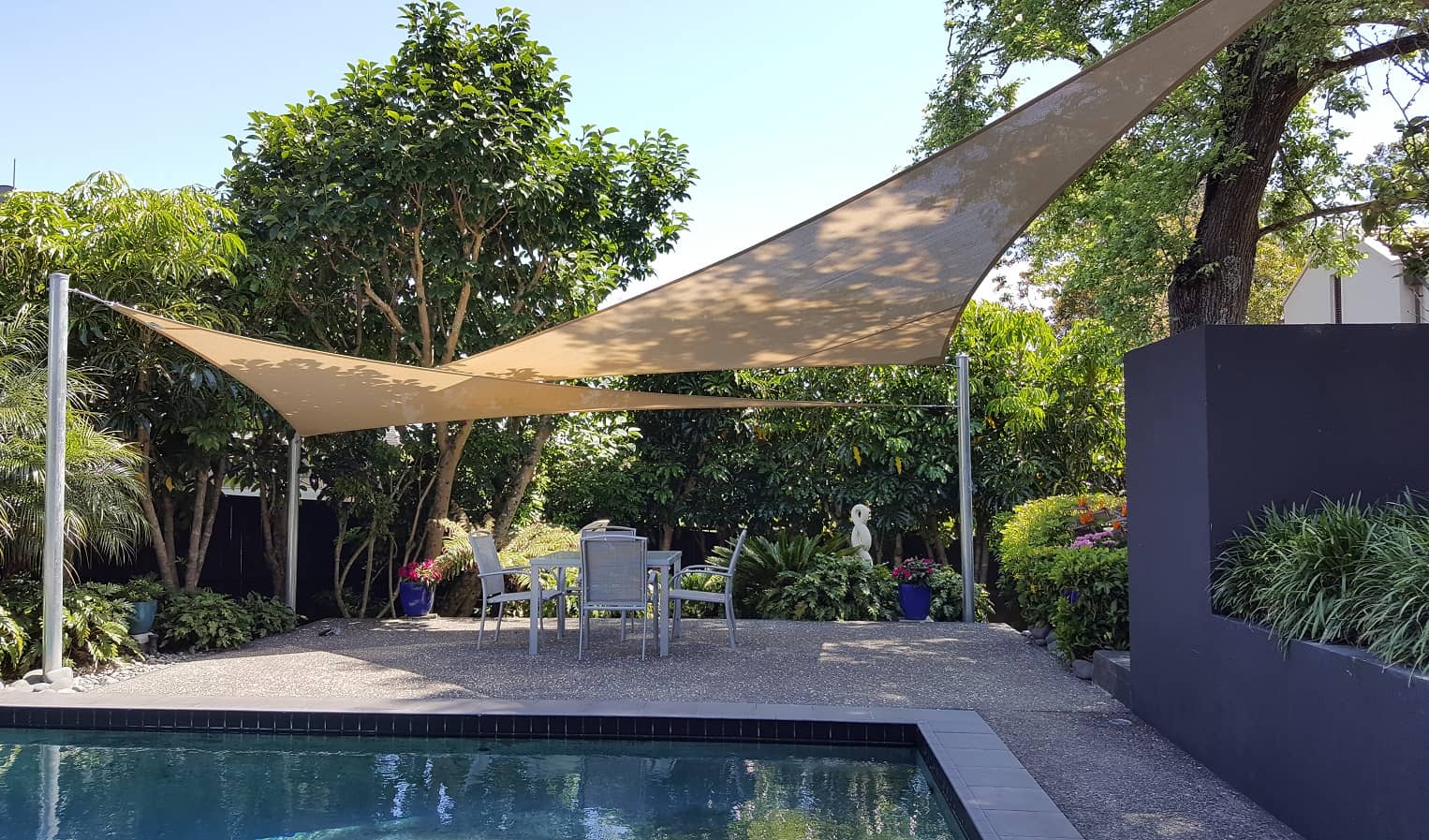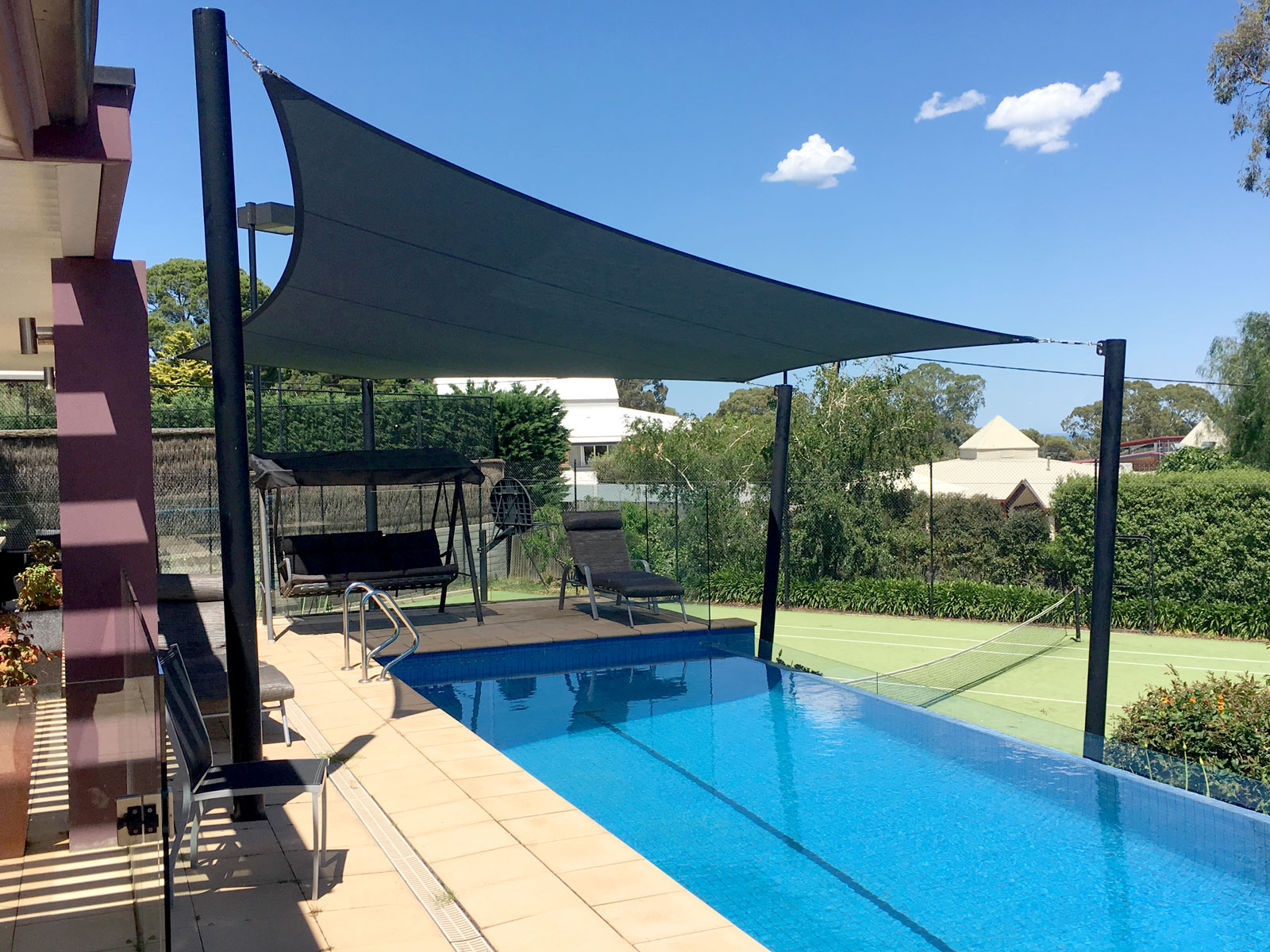Shade cloths are a must-have for keeping outdoor areas cool and protected from the bright sun. Whether you’re sprucing up a home garden, a business nursery, or a snug outdoor seating area, setting up shade cloths can make these spaces more enjoyable.
They help lower the heat, manage the light, and keep you safe from UV rays. This detailed guide walks you through choosing, getting ready for, and putting up shade cloths, making sure you get the best out of your outdoor spots in 2024.
Getting to Know Shade Cloths
Before you start putting them up, it’s key to know what shade cloths are and the kinds you can pick from. For example, you can choose shade cloths for your porch or shade cloth for greenhouse. Made from strong materials like high-density polyethylene, they’re built to last outdoors.
They range from blocking out 30% to 90% of sunlight, so you can find just the right one for your needs. The color matters too. Lighter colors bounce back sunlight, while darker ones soak up warmth. Some are even treated to resist UV damage better, making them last longer.
Checking Out the Site and Making Plans

Source: shadetex.com
First off, take a good look at where you want to put the shade cloth. Think about how the sun moves over the area during the day, how big the space is, and what you mainly need the shade for—like keeping plants healthy, blocking UV rays, or cooling down the area. This will help you decide on the right shade level and size for your clothes.
Picking the Perfect Shade Cloth
Once you know what you need, choosing the right shade of cloth is easier. For gardens and nurseries, a cloth that blocks 50-70% of sunlight is often just right, as it keeps a balance between sunlight and fresh air. For places like patios where people hang out, you might want something that blocks more sunlight for extra coziness. Look for materials that can stand up to harsh weather to make sure your shade cloth stays up for a long time.
Gathering Your Tools and Stuff
Before you get started, make sure you have everything you need. You’ll want a tape measure for accurate sizing, scissors or a sharp blade to cut the cloth, eyelets or grommets to strengthen the edges, and a tool to fix them in place. To attach the shade cloth, you can use ropes, zip ties, or special clips, depending on what it’s being attached to. If you’re setting up a frame, you might need wooden poles, metal pipes, or PVC.
Getting the Site Ready

Source: granitetransformations.com
Making sure the site is ready is super important. If it’s going over a garden, trim any plants that might get in the way. Clear any furniture or stuff from patios or decks. If you need a frame, set up the poles or structures now, checking they’re strong enough to hold the shade cloth.
Measuring and Cutting Right
It’s super important to measure and cut the shade cloth correctly. Add a few inches on each side to the measurements from your site check, to make sure you have enough cloth to attach it. Cut the cloth neatly and straight. Then, make the edges stronger with hemming or by adding eyelets, which stop fraying and give you points to attach it securely.
Putting the Shade Cloth Up
How you attach the shade cloth depends on what you’re attaching it to. For frames of wood, metal, or PVC, you can use zip ties, ropes, or even screws with washers at the eyelets. Start at one corner and work your way to the opposite sides, pulling the cloth tight to prevent any drooping. For attaching to things like fences or walls, you can use special clips that hold onto the fabric easily.
Tweaking and Keeping It Up

Source: sunshade.co.nz
After you’ve put the shade cloth up, go around and check for any loose spots or drooping, and tighten as needed. Make sure it’s tight but not too stretched to avoid tears. Keep an eye on it for any wear or tear, clean it with gentle soap and water, and make sure it’s always securely attached to keep it in good shape.
Solving Common Problems
Even with careful planning, you might run into issues like too much drooping, tears at the attachment points, or not enough shade. To fix drooping, you might need extra support or to tighten the cloth. Strengthening the attachment points with more eyelets or tougher fasteners can help with tears. If there’s not enough shade, think about using a cloth that blocks more light or layering several cloths.
Adjusting for the Weather
In places where the weather changes a lot, think about how wind, rain, and extreme temperatures might affect your shade cloth. For windy spots, make sure the cloth has plenty of secure points and that the material can handle the wind without tearing. In rainy areas, angling the cloth a bit can stop water from pooling and causing damage. And for very hot or cold places, picking a cloth that’s resistant to UV damage will keep it from breaking down over time.
Thinking Outside the Box with Shade Cloths

Source: shadeform.com.au
Shade cloths aren’t just for gardens and patios—they have lots of creative uses too. Think about hanging a shade cloth vertically to create a private spot or as a cool backdrop for outdoor parties. You can also play with how you set them up to cast interesting light patterns for a unique garden look or to shield sensitive spots of your home from too much sun. Getting creative with your shade cloth can make your outdoor areas both more practical and more stylish.
Wrapping It Up
Setting up shade cloths is all about making your outdoor spaces more livable while being smart about the sun and the weather. This guide has walked you through everything from checking out your space to making final tweaks and making sure your shade cloth setup is solid.
By keeping weather factors and creative uses in mind, you can customize your shade cloth to fit exactly what you need. With a bit of regular care and some creative thinking, your shade cloth can be a key part of your outdoor space, offering shade, comfort, and a touch of style for years to come. If you need high-quality shade cloth, Qibang Netting stands out as a trusted supplier. They are experts in the field and can guide you in making the best choice for your needs.


